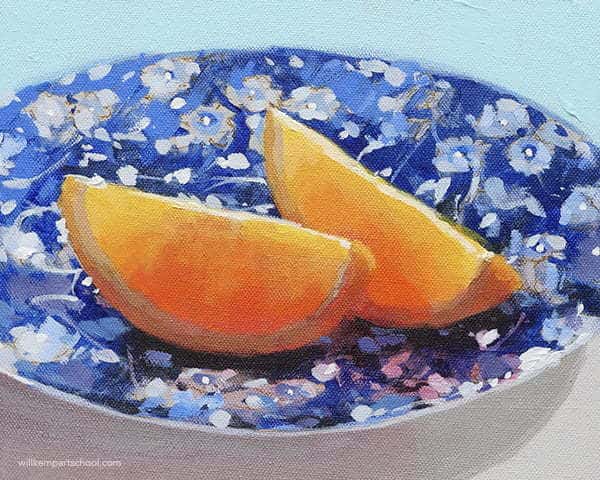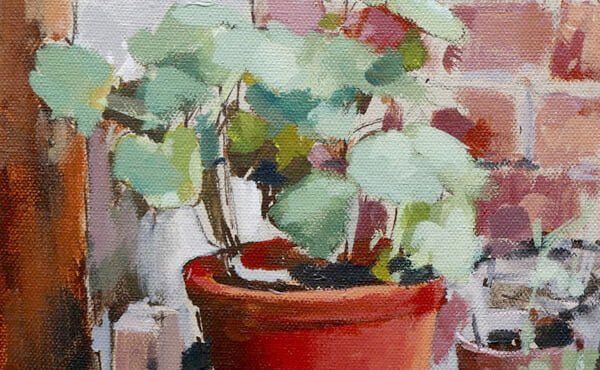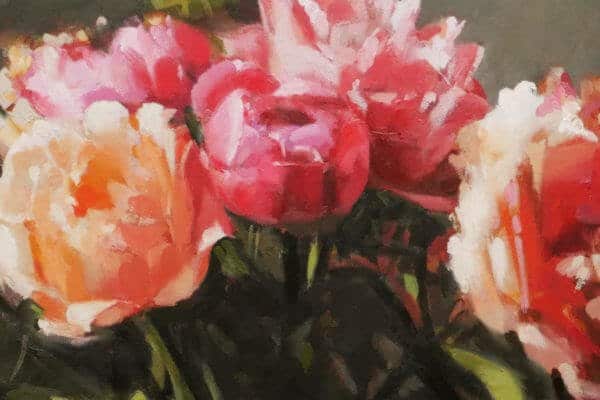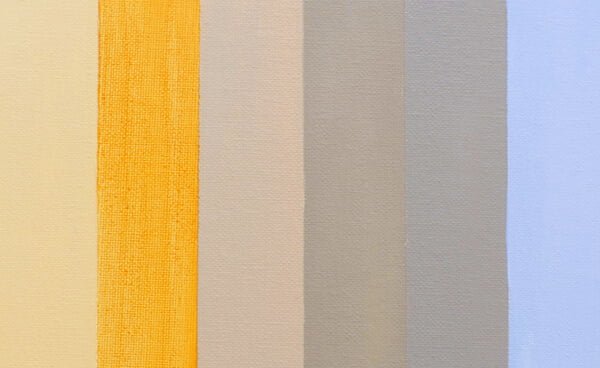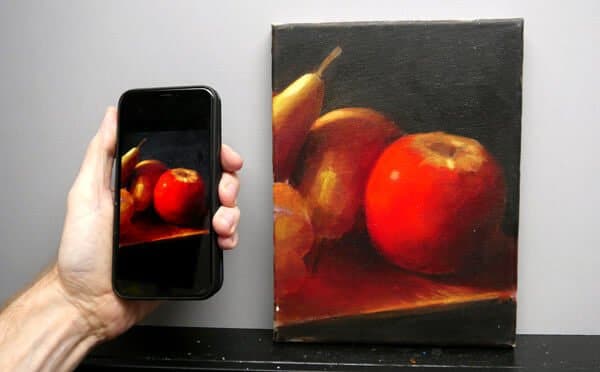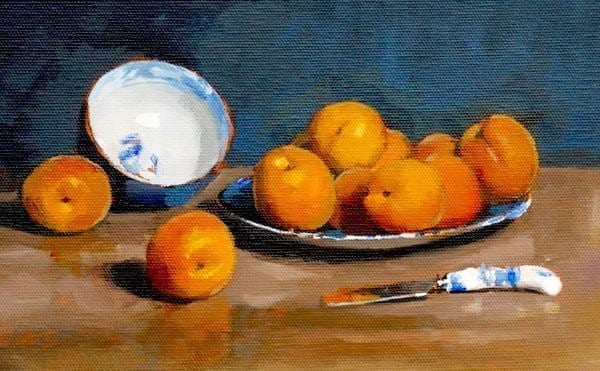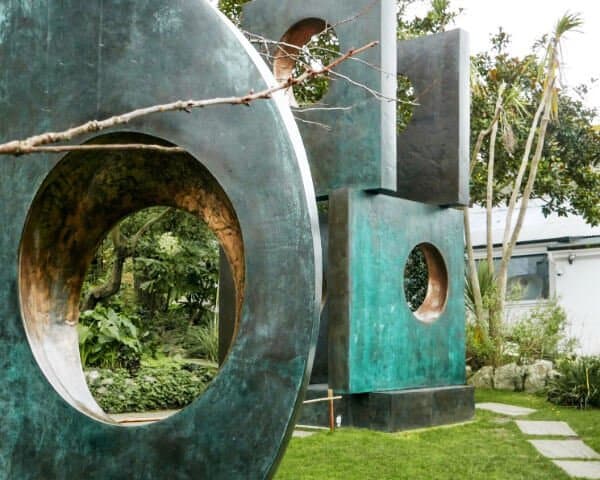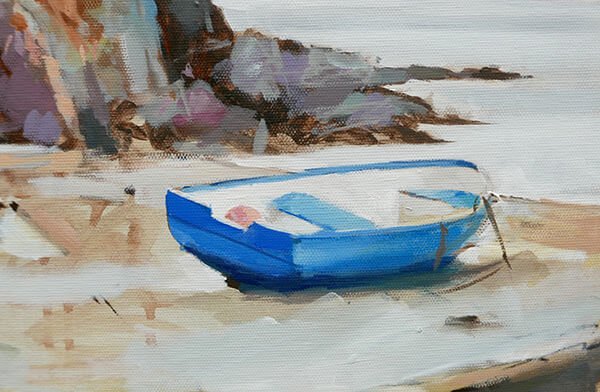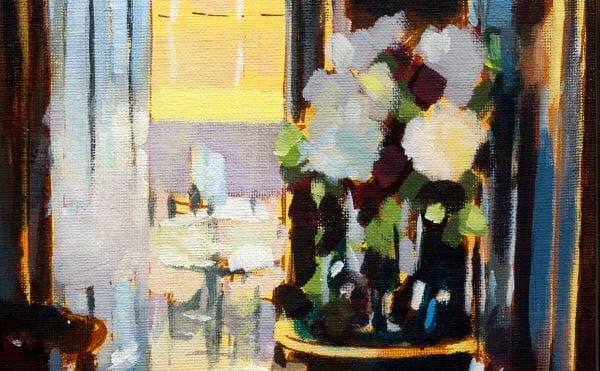Learn more about the course here:
New Simple Colour Mixing CourseI’ve designed this brand new, downloadable video course to help you understand the theory behind colour mixing, discover how to mix and match colours accurately and then put theory into practice, creating a series of 4 still life paintings.
You might have been struggling to understand colour mixing for years, sometimes getting it spot on but other times when it goes wrong, have no idea why or how to fix it?
Or maybe you’ve read articles on colour theory but not had the confidence to put that new knowledge into an actual painting practice?
On this colour mixing video course, we take a really simple practical approach, over 5 hours + of tuition, you’ll gain an understanding of the properties of paint, learn the foundations of colour theory and put brush to canvas.
And we’re just going to take it one step at a time, starting with learning the language of colour, everything broken down simply so that the painting exercises and studies give you the confidence you need to develop your colour mixing skills.
I demonstrate using a traditional, 3 primary & 3 secondary colour wheel to teach you a step-by-step approach and working through these progressive tutorials; you’ll be guided by your new colour mixing intuitions, opening up the fantastic world of colour.
